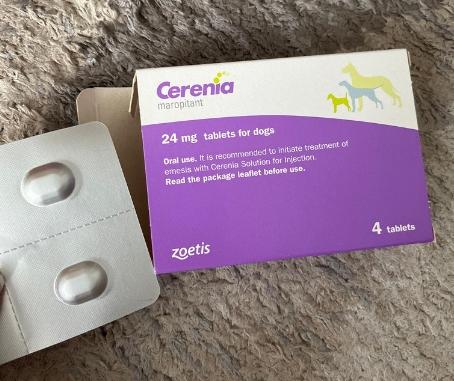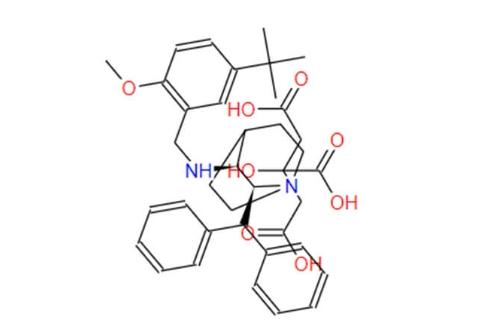What is the Difference Between Maropitant Citrate and Maropitant Base?

Maropitant citrate and maropitant base are both forms of the same drug, maropitant. Maropitant is a neurokinin 1 (NK1) receptor antagonist that is used to prevent vomiting and motion sickness in dogs and cats.
Chemical Structure
The main difference between maropitant citrate and maropitant base is the way the drug molecule is bonded to other molecules. Maropitant citrate is the salt form of the drug, while maropitant base is the free form of the drug. The citrate salt is more soluble than the base form, which makes it easier to administer to animals.
Absorption and Availability
Maropitant citrate is also more bioavailable than maropitant base. This means that when maropitant citrate is given to an animal, more of the drug is absorbed into the bloodstream and reaches its target site. As a result, maropitant citrate is generally more effective than maropitant base.

Dosage
The dosage of maropitant depends on the animal's weight and the severity of its vomiting or motion sickness. Maropitant citrate is typically given once a day, while maropitant base may need to be given more often.
Side Effects
Both maropitant citrate and maropitant base are generally well-tolerated by animals. However, some side effects may occur, such as diarrhea, vomiting, and lethargy.
Which Form to Choose?
In general, maropitant citrate is the preferred form of the drug because it is more soluble, bioavailable, and effective than maropitant base. However, a maropitant base may be a more cost-effective option in some cases.
Consult with a Veterinarian
It is important to note that maropitant is a prescription medication and should only be used under the supervision of a veterinarian. A veterinarian can help you determine which form of maropitant is right for your animal and can provide you with instructions on how to administer the drug safely and effectively.
- Art
- Causes
- Crafts
- Dance
- Drinks
- Film
- Fitness
- Food
- Games
- Gardening
- Health
- Home
- Literature
- Music
- Networking
- Other
- Party
- Religion
- Shopping
- Sports
- Theater
- Wellness


